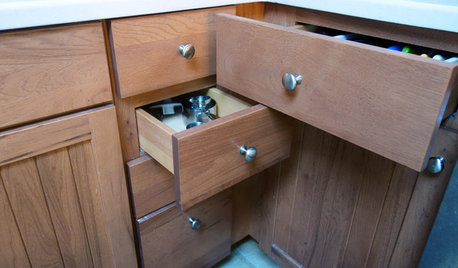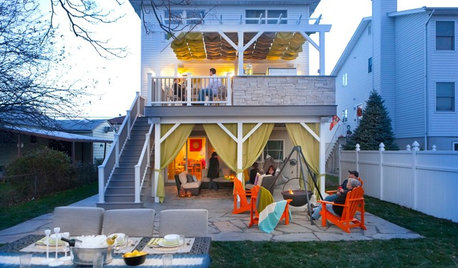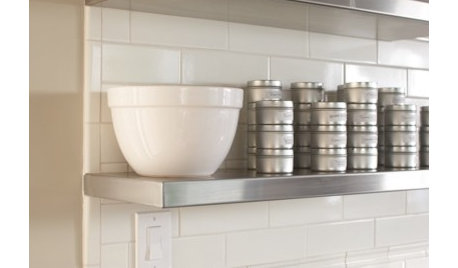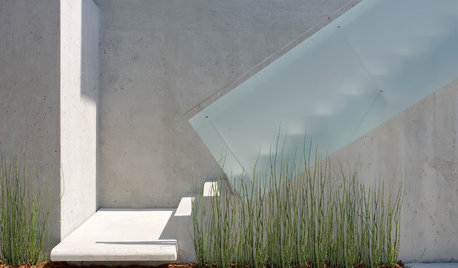Why does is work?
greenwood85
15 years ago
Related Stories

INSIDE HOUZZHow Much Does a Remodel Cost, and How Long Does It Take?
The 2016 Houzz & Home survey asked 120,000 Houzzers about their renovation projects. Here’s what they said
Full Story
FUN HOUZZ10 Truly Irritating Things Your Partner Does in the Kitchen
Dirty dishes, food scraps in the sink — will the madness ever stop?
Full Story
Movie: How Much Does Your Building Weigh, Mr. Foster?
New documentary explores the famed British architect's rise to international success
Full Story
LIFEHouzz Call: What Does Summer Look Like at Your Home?
Kids, water, sunshine, backyards, cold drinks — share photos of what summer at home means to you
Full Story
KITCHEN DESIGNHow Much Does a Kitchen Makeover Cost?
See what upgrades you can expect in 3 budget ranges, from basic swap-outs to full-on overhauls
Full Story
MOST POPULARWhen Does a House Become a Home?
Getting settled can take more than arranging all your stuff. Discover how to make a real connection with where you live
Full Story
LANDSCAPE DESIGNDoes Your Landscape Need a Little ‘Cosmic Latte’?
Beige — the color of the universe — can be both building block and backdrop in a contemporary garden
Full Story
DECORATING GUIDESWhat Does Your Inspiration Board Say About You?
Scraps pinned on a mood board may provide clues to your personality. See what your board reveals
Full Story
ROOM OF THE DAYRoom of the Day: Living Room Does a Vintage-Meets-Modern Balancing Act
Old is new again in this Austin, Texas, living room full of easy decorating tricks
Full Story
FEEL-GOOD HOMEDoes Your Home Make You Happy?
How to design an interior that speaks to your heart as well as your eyes
Full StoryMore Discussions







greenwood85Original Author
freemangreens
Related Professionals
Wrentham Landscape Architects & Landscape Designers · Allentown Landscape Architects & Landscape Designers · Clemson Landscape Architects & Landscape Designers · Taylorsville Landscape Architects & Landscape Designers · Roxbury Crossing Landscape Architects & Landscape Designers · Wakefield Landscape Contractors · Apollo Beach Landscape Contractors · Conroe Landscape Contractors · Hendersonville Landscape Contractors · Lake Worth Landscape Contractors · Long Branch Landscape Contractors · Peoria Landscape Contractors · Westford Landscape Contractors · Yukon Landscape Contractors · Camp Springs Landscape Contractorshooked_on_ponics